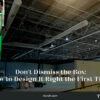By Jack Muffoletto, Sr. Principal, TK Architects International
September 2016
The Article first appeared in the October (Lobby and Design) issue of Film Journal magazine HERE.
First impressions are made within the first five seconds (or less) of an encounter. Sure, the movie-going experience starts before your lobby, but it is just as important for your credibility when the customer opens the front door.
Besides those first five seconds, how do you make your lobby a favorite place to visit and what constitutes good business sense in your lobby design?
Customer Engagement
Consider where we are now and where we came from. The thought process for the lobby has changed dramatically over time. Grand movie palaces of the Golden Age had distinctive lobbies that left an impression and reinforced movie-going as a special experience. But single-screen and twin cinemas had small, cramped lobbies, an afterthought for concessions, and sometimes toilet rooms downstairs. The multiplexes and megaplexes did a better job of thinking about circulating large groups of people, capitalizing on concession revenues and providing toilet room accessibility, but they had proportionately large investments in square footage for a hyped waiting space with an arcade room and no real customer engagement.
In the design profession we get asked, “What’s new?” The reason we get asked that question is because no one wants to build a facility one year and then second-guess in the next year about “Why didn’t we do that?” Business is affected by market forces like the economy, political change, technological advances and demographics. Good businesses use their imagination to create new ways of operating for the new normal over the course of time. For example, consider all the talk about Millennials: They are a force to be reckoned with because they are a generation that will dominate the marketplace and be future customers in your lobbies.
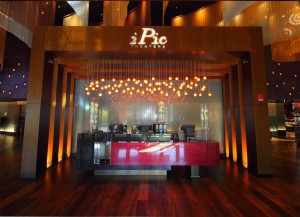
The Design Impact
The design impact starts with a strong sense of entry, which must create an invitation to enter and make the patron fascinated to explore what is inside. Consider simplicity that declutters the patron’s thoughts, and focus on a strong sense of palette, materials and lighting or a feature.
This does not need to be expensive, just visually enticing and simultaneously comfortable for the customer. Be authentic. This can be accomplished by incorporating elements with a local flavor that reinforces the community, like early photography, maps, local materials or antiques. Art is a catalyst because it can be memorable and can evoke emotion. It can be attention-grabbing and large; it can add character by being eclectic, sculptural or three-dimensional; it can be transformative by being animated and whimsical. It does not need to be expensive, as art can be found in digitally printed wall coverings, carpet, fabrics, graphics and light fixtures. The oft-stated goal of an entertainment project is to connect to the customer before, during and after, so that people are engaged and they keep talking about your space, particularly via digital word of mouth.
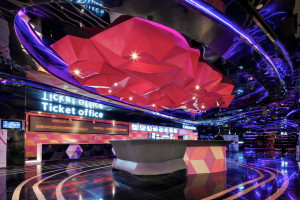
A Favorite Place to Visit
Make your lobby into a favorite place to visit. For Millennials, it can be the Googlization of your lobby, a place where the real and digital worlds converge. Free high-speed Wi-Fi, connectivity and the whole seamless integration with technology is a starting point and a plus.
Consider a place where there are virtual personalized perks aimed at instant gratification that incentivizes and motivates. But don’t stop there. Patrons want to use their apps, virtual currency and have plug-ins for charging. Make the design a place that is easy for all patrons to maneuver, because people like convenience. Add media with ads and entertainment.
Also, add choices of seating types. There should be options for community seating, small group seating and one-on-one seating. Add a suitable food and beverage revenue source. All of this provides opportunities to share an experience in real time and on social media. People enjoy seeking out and finding new, interesting and comfortable food and entertainment venues that have real and virtual touch-points, creating that positive word of mouth that is so important to sales. For Millennials, social media is their primary mode of interaction with friends, co-workers and the outside world.
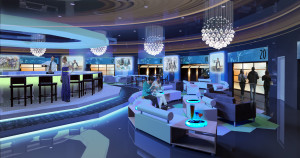
Functionality
On the business side, the most basic design principle of cost-effectiveness is functionality. The overall layout needs to have a strong sense of space planning. Money can be saved by having an informed sense of efficiencies in circulation space, seating, space that generates revenue, support space and minimal residual space. Think about how customers will flow through your facility and let the design tell a story.
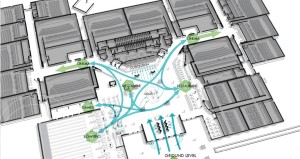
You are successful if the customer is not sure what they like better—the way the design takes them through the space or how visually pleasing it is. Good lobby design is critical to us, but ultimately we are judged by the perception of the end user. Good lobby design needs to incorporate good business and common sense.
In fact, the customer does not need to buy a movie ticket. Let them dwell and spend money. Customers have no problem spending money for the right experience.
You know good lobby design when you see it. With proper design strategies, your lobby can create word of mouth that creates repeat customers who want to experience “places.” It does not have to be expensive. As Ralf Speth, CEO of Jaguar, says, “If you think good design is expensive, you should look at the cost of bad design.”


